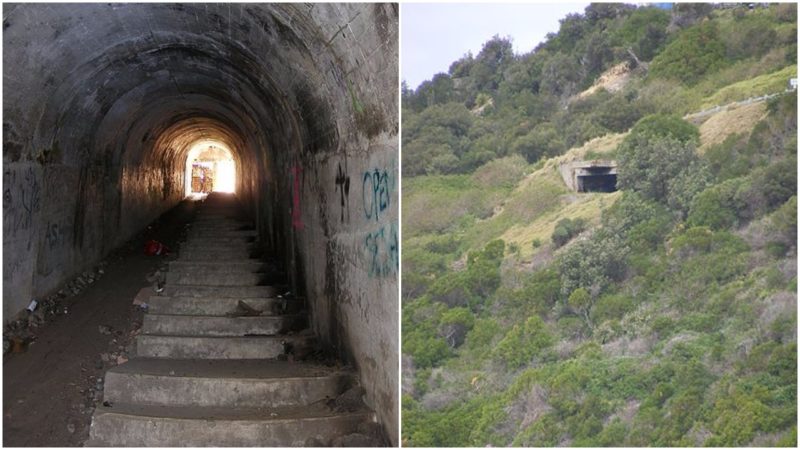During the first half of the 20th century the people of Australia felt the threat of foreign invasion. The threat became extremely real before the starting of the World War II and, especially, the early years from the same war.
The world has entered in the most destructive war ever and the enemy was dangerous, attacking from everywhere and at everyplace. The main threat for Australia and its coastline were German raids from submarines and Japanese attacks or invasion. Because of this fear, the Australians and their military authorities decided to built many fortifications along the Australian coast. Also, coastal defence plans and strategies were made in order to counter this threat. Australia came under direct attack for the first time in the post-colonial history.
At its highest peak these coastal fortifications played a significant role in the home defences of Australia. All available artillery was put in service, including some outdated canons and old field guns from World War I adapted for coast defence. The main material used for construction the fortifications mostly was concrete.
The fortifications were usually formed from concrete bunkers and gun emplacements. Under the fortifications was made underground tunnel system. After the World War II most of the fortifications were dismantled and left to decay. Some of them were transformed into a war museums.
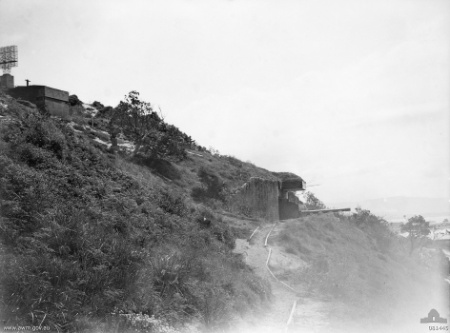
One of the coastal fortifications is Kembla Fortress. In fact, Kembla Fortress is called the gun defences of Port Kembla used during the World War II.
And Port Kembla is a suburb in the city of Wollongong, located in New South Wales, Australia. The suburb is developed community with its own commercial center, industrial complex and seaport.
It is located on the tip of Red Point, the first European sighting by the famous British explorer, cartographer and navigator, Captain James Cook in 1770. “Kembla” is Aboriginal word and means “plenty (of) wild fowl”.
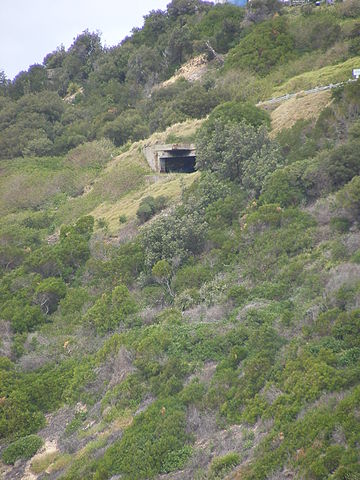
Kembla Fortress was composed of Breakwater Battery, Illowra Battery (Hill 60) and Drummond Battery.
Breakwater Battery
Breakwater Battery was built in 1939 as coastal defence battery to protect Port Kembla from warships and submarines. Two 6 inch Mk XI gun emplacements connected with underground rooms were erected near the southern sea wall at Port Kembla. The observation post, which today is a museum, and the battery were key structures for the command center for Fortress Kembla for the time of the war.
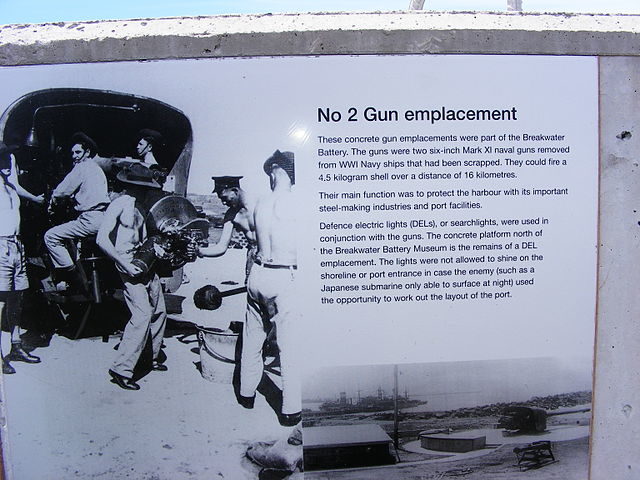
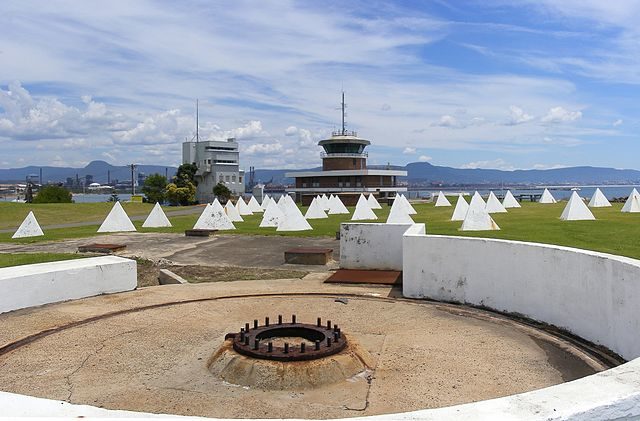
The Breakwater Battery building and the gun emplacements are precious Australian military heritage. In the military museum there are valuable artifacts World War II, like two World War II air raid sirens used in Port Kembla, and the local pride, an example of the Owen Gun developed by Wollongong inhabitant Evelyn Owen and manufactured locally for the Australian Army. The museum also have artifacts from World War I. There are guided tours on the site.
Illowra Battery (Hill 60)
Illowra Battery was also known as Hill 60 Battery. Actually, Hill 60 is Port Kembla’s highest spot and one of the most spectacular locations on the Wollongong coastline. From there, there is a perfect view on the Five Islands and Red Point. The place was seen as a perfect control point and important strategic position by the army generals. Before being a place of an army object, Hill 60 was a location of an Aboriginal settlement.
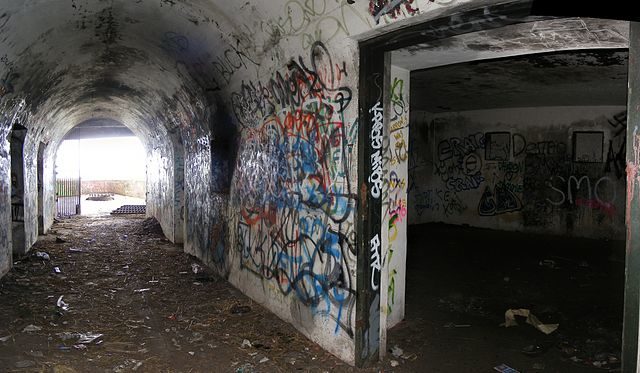
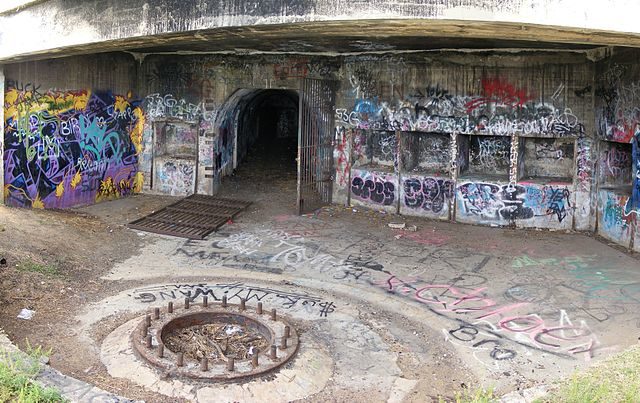
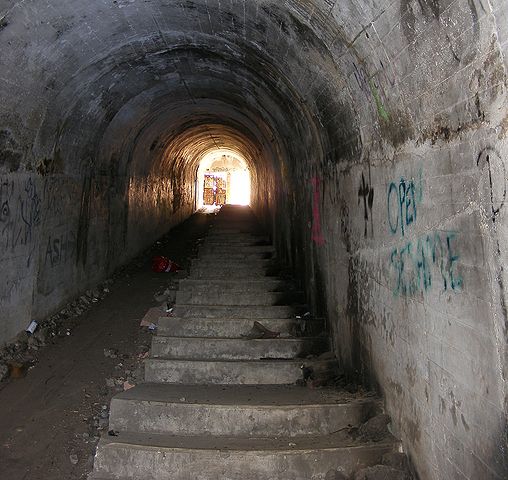
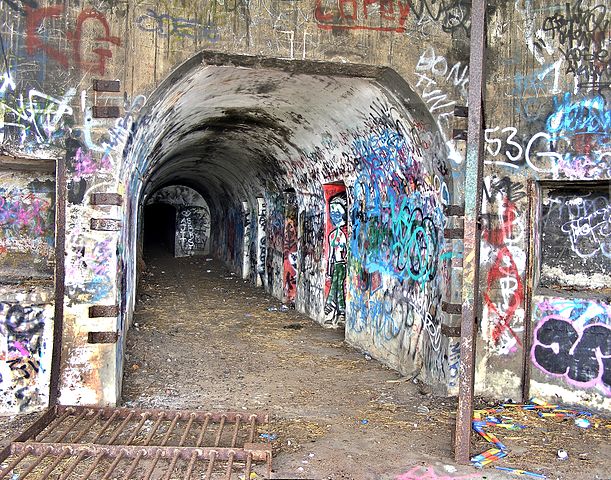
In 1942, the Aboriginal inhabitants were forced to leave their homes, and the army built two large gun emplacements. There were placed BL 6 inch Mk XI guns and their shields held in storage. The shields were made from parts of the decommissioned World War I cruisers HMAS Brisbane, Sydney and Melbourne. Two large tunnels were also constructed and a concrete bunker connected to the underground tunnel system.
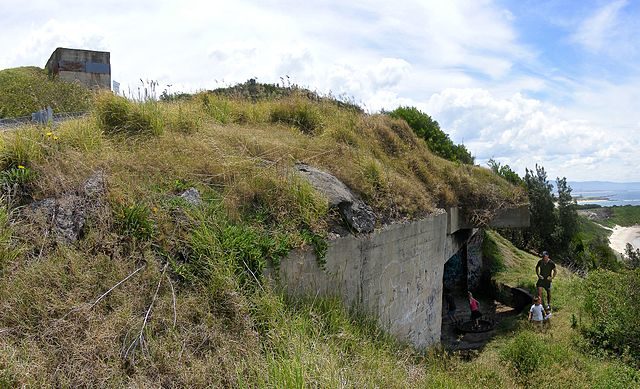
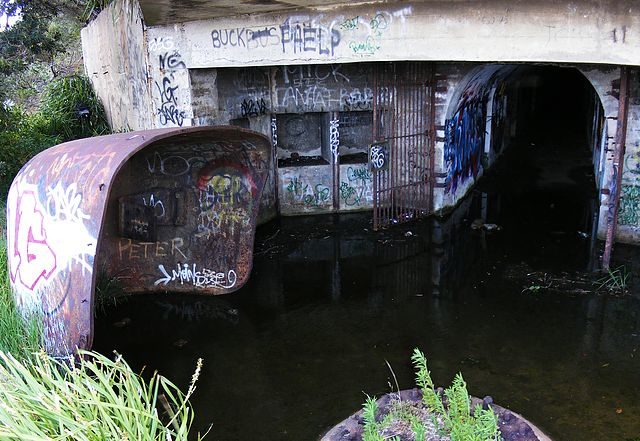
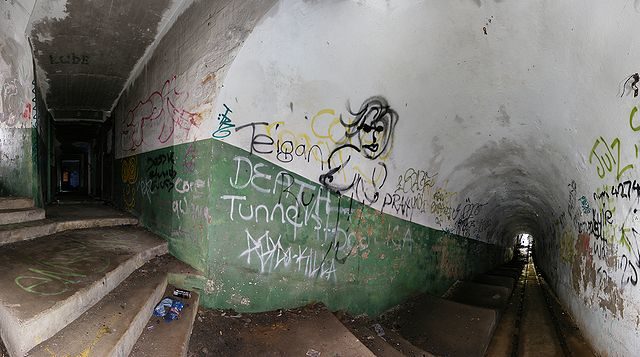
The site is still property of the army and today it is a public lookout reserve. The Aboriginal owners are trying to return their land on Hill 60, which for them is a sacred place. The site is technically closed for visits, but the tunnels are open and can be explored. Under the coastguard tower on Hill 60 is situated the entrance to the tunnels. There is a network of connected underground tunnels that are still in good condition and are challenge for adventurers. The walls are painted with graffiti.
Drummond Battery
Drummond Battery was a counter bombardment battery built in 1942 as part of the Kembla Fortress. This battery was similar to Breakwater Battery.
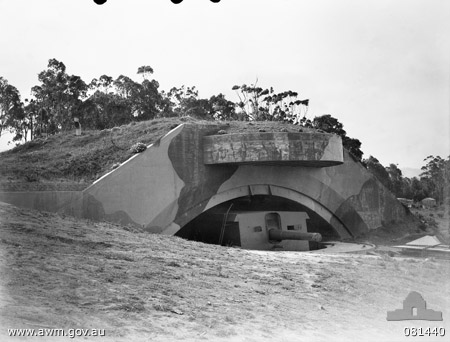
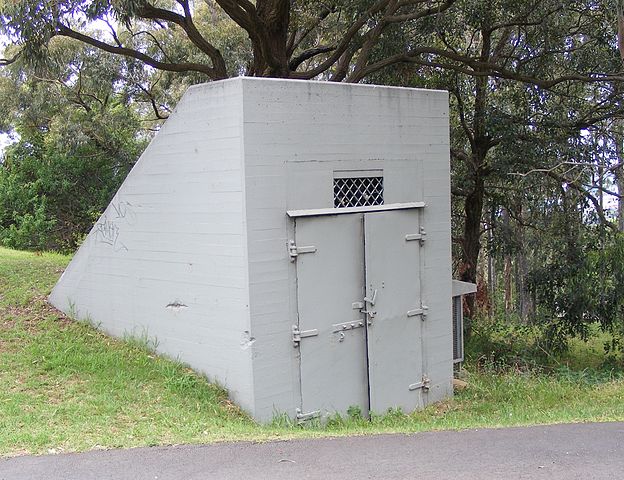
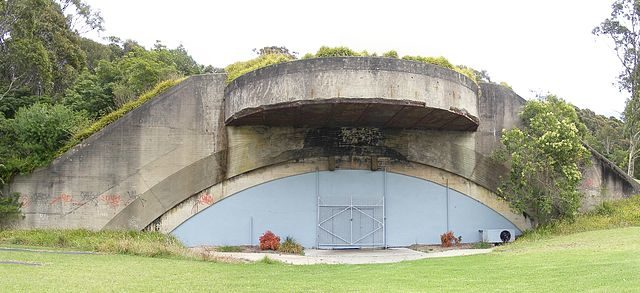
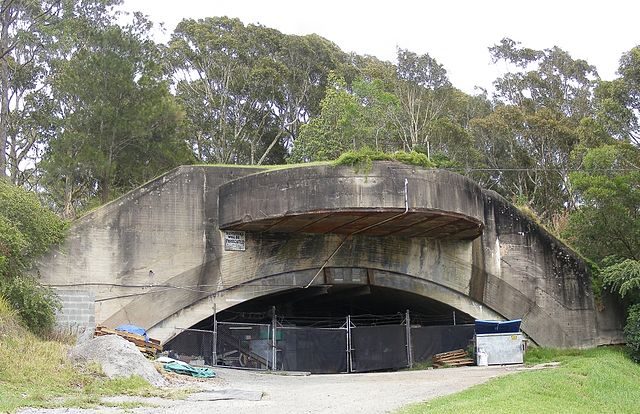
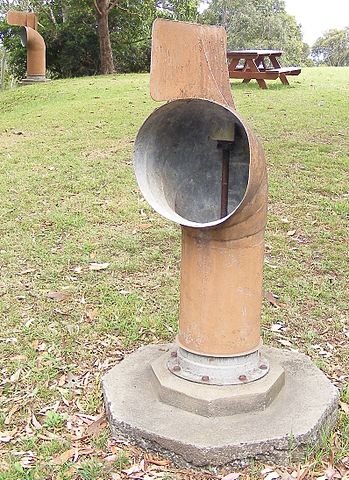
It was constructed to protect Port Kembla from the possible attacks from enemy submarines and ships. It had two BL 9.2 inch Mk X gun emplacements connected with underground facilities. It is located near Drummond, Wollongong.
